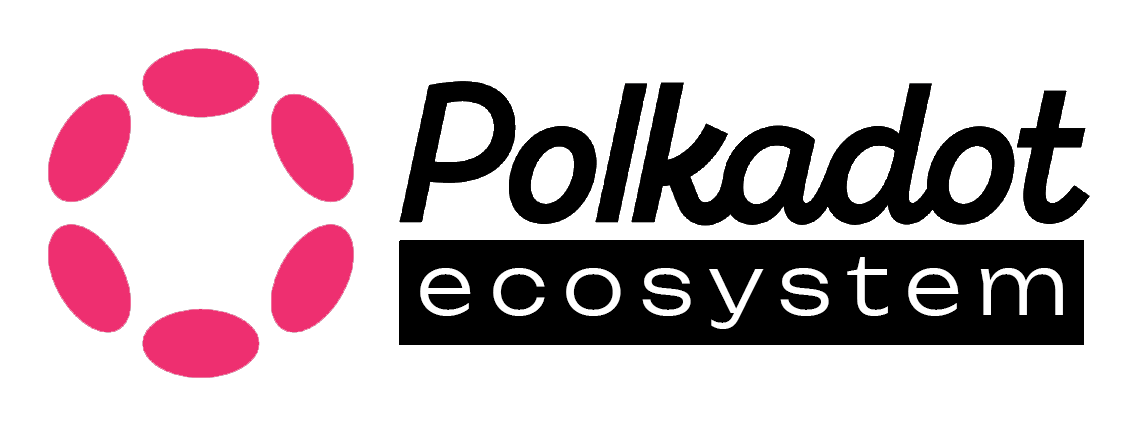Securing Polkadot with Quantum-Generated Randomness?

The Polkadot ecosystem has long been recognized for its innovative approach to blockchain technology, particularly through its use of the Substrate framework. As the digital world progresses towards greater security and efficiency, the need for verifiable randomness becomes increasingly critical. Traditional randomness generation methods often fall short in providing the unpredictability required for robust security protocols, particularly in the face of emerging quantum computing technologies. This article explores the integration of true quantum-based randomness into the Polkadot ecosystem, focusing on its potential benefits, challenges, and the broader implications for the Web3 community.
Understanding Quantum Randomness
Randomness is a fundamental component of cryptographic systems, essential for secure communications, privacy, and fairness in decentralized networks. Traditional randomness generation techniques, such as pseudo-random number generators (PRNGs), rely on deterministic algorithms, making them susceptible to prediction and manipulation. While current non-quantum methods, like those based on threshold BLS or Verifiable Random Functions (VRFs), are effective, they are not immune to the advances in quantum computing, which could potentially break these systems.
Quantum randomness, on the other hand, is derived from the inherent unpredictability of quantum mechanical processes. Specifically, quantum random number generators (QRNGs) leverage phenomena like quantum entanglement and superposition to produce truly random outcomes that cannot be predicted, even by the most sophisticated algorithms. This randomness is fundamentally different from the pseudo-randomness generated by classical computers, offering a higher degree of security and trust.
The Quantum Experiment: A Leap Towards True Randomness
Recent developments in quantum technology have made it feasible to generate randomness that is certified by quantum principles. A prominent example is the experiment conducted by the National Institute of Standards and Technology (NIST), which utilizes a loophole-free Bell test to produce randomness certified by the impossibility of superluminal signals. This experiment involves entangled photons, where the outcomes of measurements on these photons are fundamentally unpredictable. The randomness generated from such experiments is not only true in the quantum mechanical sense but also verifiable, providing a new level of security assurance for blockchain applications.
In collaboration with the University of Colorado, Ideal Labs raised the idea to bring this quantum-generated randomness into the Polkadot ecosystem. The project involves integrating the output from a quantum random number generator into Polkadot’s decentralized protocols, offering an unprecedented level of randomness that is future-proof against quantum attacks.
Quantum Randomness Integration with Polkadot
Integrating quantum randomness into Polkadot could have far-reaching implications for the ecosystem. Firstly, it would enhance the security of various protocols that rely on randomness, such as consensus mechanisms, cryptographic key generation, and smart contract execution. By ensuring that the randomness used in these processes is truly unpredictable, the integrity of the network is significantly bolstered, making it more resilient to attacks.
Moreover, this integration showcases the flexibility and technical superiority of the Substrate framework, which powers Polkadot. Substrate’s modular architecture allows for the seamless incorporation of cutting-edge technologies like quantum randomness, positioning Polkadot as a leader in the next generation of blockchain innovation. This move could also pave the way for further collaborations between the blockchain and quantum computing communities, opening up new avenues for research and development.
Challenges and Considerations
While the benefits of integrating quantum randomness into Polkadot are clear, several challenges must be addressed. One of the primary concerns is the centralization risk associated with QRNGs. Currently, there are only a limited number of devices capable of generating quantum randomness, and their deployment is still in its early stages. This raises concerns about the potential for centralization if the network relies too heavily on a few quantum sources.
To mitigate this risk, it is essential to develop decentralized methods for distributing quantum randomness. One approach could involve using a network of QRNGs distributed across different geographical locations and organizations, ensuring that no single entity has control over the randomness source. Additionally, integrating quantum randomness with existing decentralized randomness schemes, such as those based on Verifiable Random Functions (VRFs), could provide a hybrid solution that leverages the strengths of both approaches.
Another challenge lies in the verification of quantum randomness. While the randomness generated by a quantum experiment is theoretically verifiable, implementing a practical verification process within the Polkadot ecosystem requires careful consideration. The verification script must be adapted to the blockchain environment, possibly re-implemented in Rust and made WebAssembly (Wasm) compatible, ensuring that the output can be publicly and securely verified on-chain.
Potential Partnerships and Future Directions
The collaboration between Ideal Labs and the University of Colorado represents just the beginning of what could be a broader partnership between the blockchain and quantum computing communities. As quantum technology continues to advance, there are numerous opportunities for further integration of quantum principles into the Polkadot ecosystem. For instance, the concept of an “entropy mesh,” a distributed network of quantum randomness sources, could be explored to enhance the security and scalability of blockchain protocols.
Moreover, the adoption of quantum randomness in Polkadot could serve as a model for other blockchain platforms, encouraging the industry to embrace quantum technologies as a means of future-proofing against emerging threats. This integration could also lead to new use cases for blockchain in areas where security and randomness are paramount, such as secure multi-party computation, privacy-preserving protocols, and decentralized finance (DeFi) applications.

